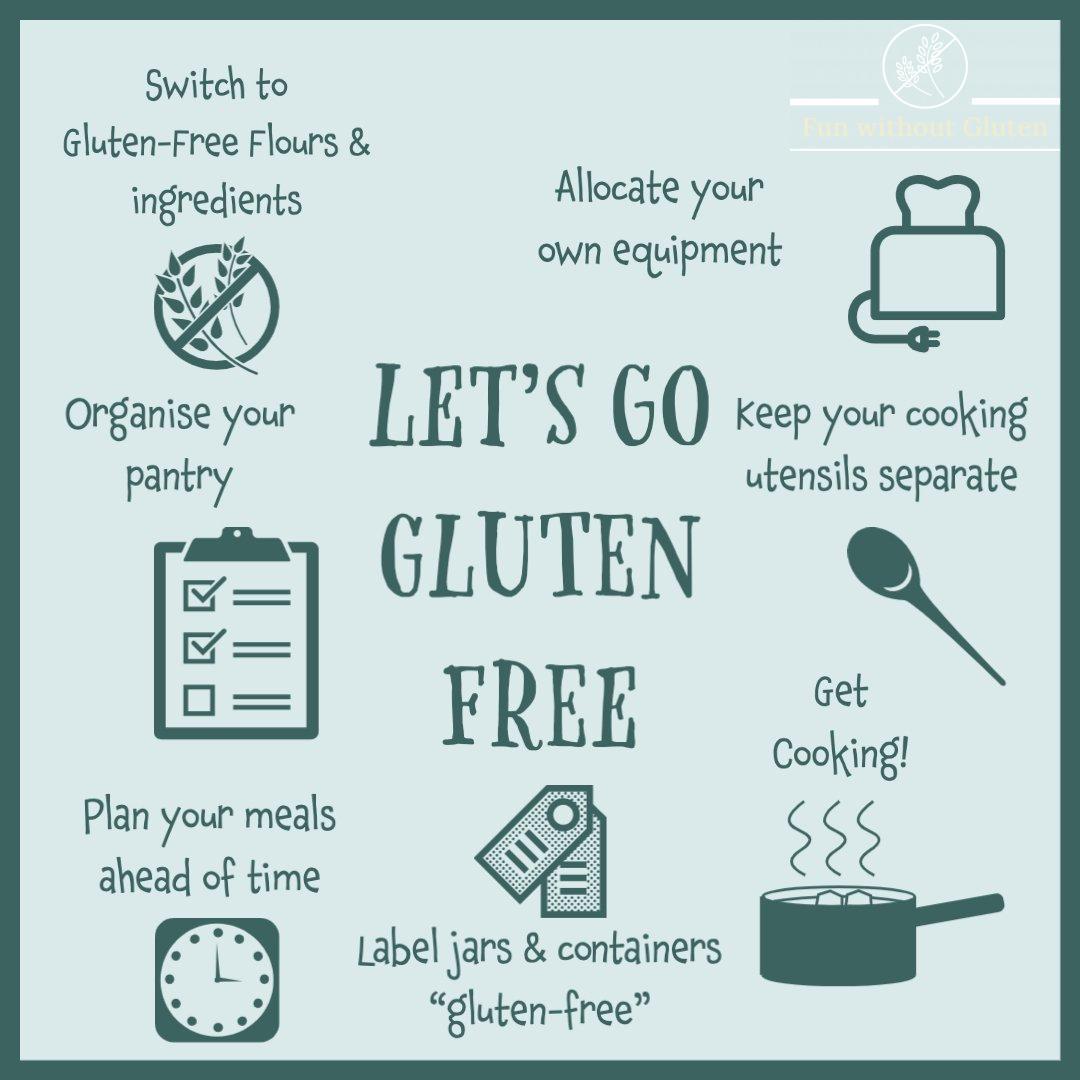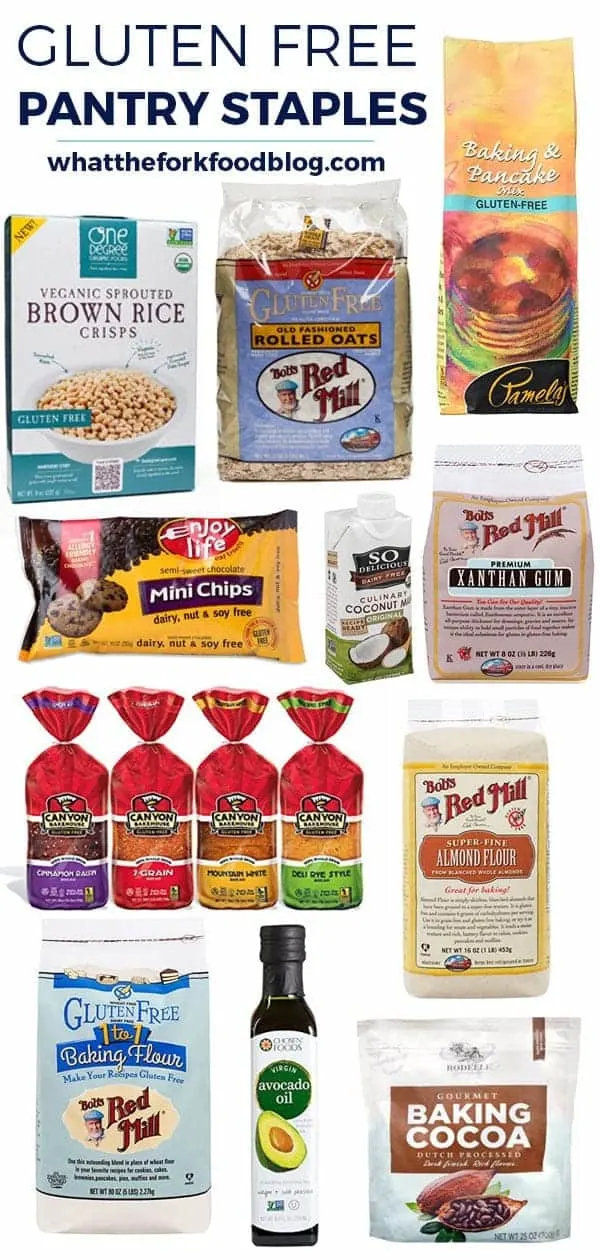Alright, so today I wanted to share a bit about how I put together my own gluten-free ingredients list. It wasn’t like I woke up one day and poof, there it was. Nope, it was a bit of a journey, a real hands-on process, let me tell ya.

The “Why Bother?” Moment
It all started when I realized just “avoiding bread” wasn’t cutting it. I was still feeling off, and after a bunch of reading and some trial and error, gluten seemed to be the culprit. But then came the big question: what actually has gluten? It’s not always obvious, you know? I felt like I was swimming in a sea of “may contain wheat” labels.
Diving into the Label Jungle
So, my first step was just going through my own pantry and fridge. I picked up every single item and started squinting at the ingredients. Man, that was an eye-opener. Things I never suspected, like some soy sauces, certain processed meats, even some types of candy, suddenly looked suspicious. I’d see “modified food starch” and my brain would just go, “Huh? Is that good or bad?” It was a mess.
I tried looking up lists online, sure. Some were helpful, but others were super technical, or they’d list a million things and I’d just feel more overwhelmed. I needed something practical, something I could actually use when I was standing in the grocery store aisle feeling stressed.
My System: Pen, Paper, and Patience
So, I decided to make my own. I grabbed a notebook – yeah, old school, I know – and started jotting things down. My process went something like this:
- The Obvious No-Gos: This was the easy part. Wheat, barley, rye, triticale, malt (in most forms), brewer’s yeast. Wrote those down big and bold at the top of my “AVOID” page.
- The Safe Bets: Then I started listing things that are naturally gluten-free. Plain fruits, plain vegetables, fresh unprocessed meat and fish, eggs. These became my “GO-TO” list. It felt good to have a solid base.
- The “Hmm, Better Check This” Category: This was the biggest section, honestly. Oats were a big one – they can be cross-contaminated, so I learned to look for “gluten-free oats” specifically. Then came sauces, dressings, marinades, spices (sometimes they have anti-caking agents with wheat!), soups, processed snacks. For these, my note was always “READ THE LABEL. EVERY. SINGLE. TIME.”
- Flour Power (the GF kind): I started experimenting with baking, so I made a list of gluten-free flours I trusted: rice flour, almond flour, coconut flour, tapioca starch, cornstarch (pure cornstarch, not mixed stuff).
- Sweeteners & Drinks: Most plain sugars, honey, maple syrup are fine. For drinks, pure fruit juice, milk, most teas and coffees are okay. But again, I learned to watch out for malted drinks or weird additives in flavored coffees.
Building the List, Bit by Bit
Every shopping trip became a research mission. If I was unsure about an ingredient, I’d either skip it or make a note to look it up when I got home. Sometimes I’d even call the company! Yeah, I became that person. But hey, it was for my own well-being.

I started noticing patterns. For example, “hydrolyzed wheat protein” – nope. “Wheat starch” – usually a no, unless it specifically says it’s processed to remove gluten and meets the GF standard. It was like learning a new language.
My list wasn’t fancy. It was handwritten, with cross-outs and notes in the margins. But it was mine. It was built from my actual experiences, my successes, and my “oops, shouldn’t have eaten that” moments.
What My List Looks Like (Basically)
So, if I were to summarize the core of my working list, it’s less about individual items and more about categories and things to watch for:
Definitely Safe (Generally):
- Fresh Fruits & Vegetables (unprocessed)
- Fresh Meats, Poultry, Fish (unbreaded, unmarinated)
- Eggs
- Legumes (beans, lentils – plain, check canned ones for sauces)
- Nuts & Seeds (plain)
- Dairy (plain milk, butter, most hard cheeses, plain yogurt – always check flavored ones)
- Rice, Corn, Quinoa, Buckwheat, Millet, Sorghum
- Gluten-Free Certified Oats
- Oils (most vegetable oils, olive oil, coconut oil)
Always Check Labels / Often Contain Gluten:

- Breads, Pastas, Cereals (unless specifically GF)
- Crackers, Cookies, Cakes, Pastries (unless specifically GF)
- Sauces (soy sauce, teriyaki, many creamy sauces, gravy mixes)
- Dressings & Marinades
- Soups (especially creamy ones or those with noodles/barley)
- Processed Meats (sausages, hot dogs, deli meats – check for fillers)
- Beer (unless GF)
- Malt (malt vinegar, malted milk, malt extract)
- Anything breaded or battered
- Seasoning Mixes (sometimes have wheat flour as a filler)
- Licorice and some other candies
Key Hidden Words I Learned to Spot:
- Wheat (durum, semolina, spelt, farina, farro, einkorn, kamut)
- Rye
- Barley
- Triticale
- Malt
- Brewer’s Yeast
- Modified Food Starch (if source isn’t specified, could be wheat)
- Dextrin (if source isn’t specified)
Worth the Effort? Absolutely.
It took time, and honestly, it’s still an ongoing learning process. New products come out, formulations change. But having that core list, that understanding I built from scratch, has made navigating the grocery store and my kitchen so much less stressful. It’s empowering, really. Now, when I pick up a product, I feel more confident deciphering that ingredient panel. It wasn’t easy, but breaking it down and doing it myself was the way to go for me.